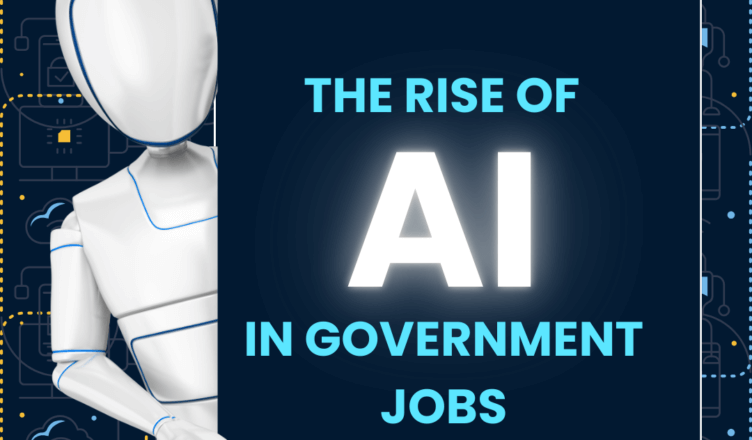Introduction
Artificial Intelligence (AI) is making waves across various sectors, including the public sector. As AI technologies advance, they promise to reshape how government agencies operate, offering both significant opportunities and notable challenges. From streamlining routine tasks to improving decision-making processes, AI could redefine government jobs. This blog delves into the implications of AI in public sector employment, exploring its potential benefits, challenges, and how we can prepare for this transformation.
The Potential Benefits of AI in Government
AI holds transformative potential for government operations. One of its most compelling advantages is efficiency. By automating repetitive tasks such as data entry, application processing, and record management, AI frees up government employees to engage in more complex and strategic activities. For instance, AI-driven chatbots can handle citizen queries round the clock, delivering timely responses and alleviating the pressure on human staff.
AI also enhances decision-making capabilities. Through the analysis of large datasets, AI can generate valuable insights and predictive analytics, aiding policymakers in making informed decisions. This is particularly beneficial in fields like public health, where AI can forecast disease outbreaks and optimize resource allocation.
Challenges and Considerations
However, the integration of AI into government roles comes with its share of challenges. A major concern is job displacement; as AI systems automate routine tasks, some positions might become redundant. This necessitates a proactive approach to workforce planning and reskilling.
Moreover, ethical and privacy issues loom large. Government agencies must ensure AI systems are transparent and unbiased to prevent discrimination. Protecting sensitive citizen data is crucial to maintaining public trust and ensuring privacy.
Counterargument
Critics argue that AI could exacerbate inequalities and erode the personal touch in public services. They express concerns that over-reliance on technology might diminish service quality and alienate those who value human interaction. While these concerns are valid, they highlight the need for a balanced approach. Combining AI with human oversight can ensure technology enhances rather than replaces the human element in public services.
Conclusion
AI is poised to play a transformative role in government jobs, bringing both exciting possibilities and complex challenges. To harness its potential while addressing its downsides, government agencies must focus on workforce training, ethical AI use, and balancing automation with human interaction.
The key question we face is: How can we integrate AI into government roles effectively while protecting jobs and ensuring fair and ethical technology use? By engaging with this question, we can better navigate the evolving public sector landscape and ensure technology serves the public good.
Call to Action
We invite you to share your thoughts on AI’s role in government jobs. How do you foresee AI impacting public sector employment? What strategies could help address the challenges of AI integration? Join the conversation in the comments below and help shape the future of public sector work.

